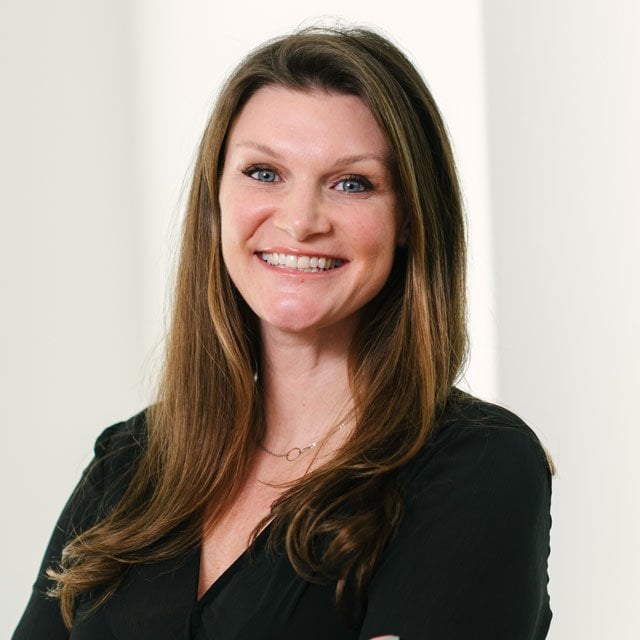Avoid These Mistakes When Going Independent

Registered investment advisor tuck-ins are on the uptick, as many independent advisors seek to ambitiously expand from coast to coast.
“The independent movement is now reaching a more mature state. A lot of CEOs of larger [RIA]s want to become wealth management boutiques and no longer one-office [shops]. They want a nationwide presence,” Caitlin Douglas, director of transition services at Dynasty Financial Partners, tells ThinkAdvisor in an interview.
Further, “tuck-in deals seem to be getting larger and more complex,” she says.
Not only that, but “billion-dollar-plus teams … starting their own RIAs are more the norm now,” Douglas says.
Meanwhile, advisors new to independence and becoming entrepreneurs need “to step up and be a leader,” she says.
A big change in transitioning is tech capability that makes the process fully digital, or paperless, she notes.
This improvement was on the way but was expedited by the pandemic lockdown, when business meetings weren’t possible, and in many instances, were undesired.
A typical transition takes four to six months and another 60 to 90 days once client assets are transferred to the new firm, Douglas says.
Advisors on Dynasty’s platform are supported by a wide range of services, from back-office responsibilities to investment banking.
The St. Petersburg, Florida-based firm also helps with marketing and branding, finding and building out office space and posting job openings.
In the interview, Douglas, who previously was director of client services at Keeney Financial Group and a wealth advisor at Integrated Financial Solutions, reveals the biggest mistake a transitioning advisor must avoid to prevent a “premature” launch.
Douglas also emphasizes preparing for inevitable “surprises” out of one’s control by being sure to craft a Plan B.
ThinkAdvisor recently interviewed Douglas, who was speaking by phone from Baltimore, where she is based.
The biggest transition challenge? “Having to juggle all the things that need to be done in order to launch [the new] firm quickly and seamlessly,” Douglas explains.
Advisors “have their day job — and on top of that, they have the job of transition,” she says. “A good partner … help[s] take the burden from them.”
Here are highlights of our interview:
THINKADVISOR: Is the trend of wirehouse breakaway brokers as strong as it was prior to the pandemic?
CAITLIN DOUGLAS: We’re still seeing several. But what has definitely been on the uptick and an absolute trend is existing RIAs that are tucking in underneath other RIAs and advisors leaving the wirehouses, or other firms, tucking in underneath existing RIAs.
So there are more tuck-ins and more acquisitions — more and more [merger and acquisition] deals. The tuck-in deals seem to be getting larger and more complex. Often [the acquiring RIAs] have multiple offices.
So the biggest change is toward the tuck-in model.
Also, billion-dollar-plus teams going fully independent and starting their own RIAs are more the norm now.
Why are so many financial advisors going the tuck-in route?
The independent movement is now reaching a more mature state. A lot of CEOs of the larger [independents] want to become wealth management boutiques and no longer one-office [shops].
They want a nationwide presence and feel the fastest way to grow is with acquisitions and tuck-ins.
What are the biggest mistakes advisors should avoid when transitioning from a large firm to independence?
The biggest mistake is not keeping their circle of trust small. They have to make sure to keep in the loop only the people that need to know about their planned departure from their current firm.
If they’re speaking to their spouse about it and then more family members, all of a sudden that circle can become pretty big.
Therefore, it would become much easier for their current firm to find out they’re leaving. [That means] having to accelerate their launch date timeline significantly and launch prematurely.
Any other major mistakes to avoid?
Making [wrong] assumptions. For instance, some advisors might think that certain investments aren’t available in the independent space — but they certainly can be.
So if I’m an advisor at a large firm and have my clients invested in particular alternative investments or mutual funds, say, and my assumption is that I won’t be able to get those if I go independent, the reality is that you can get pretty much anything on the independent side, I believe.






